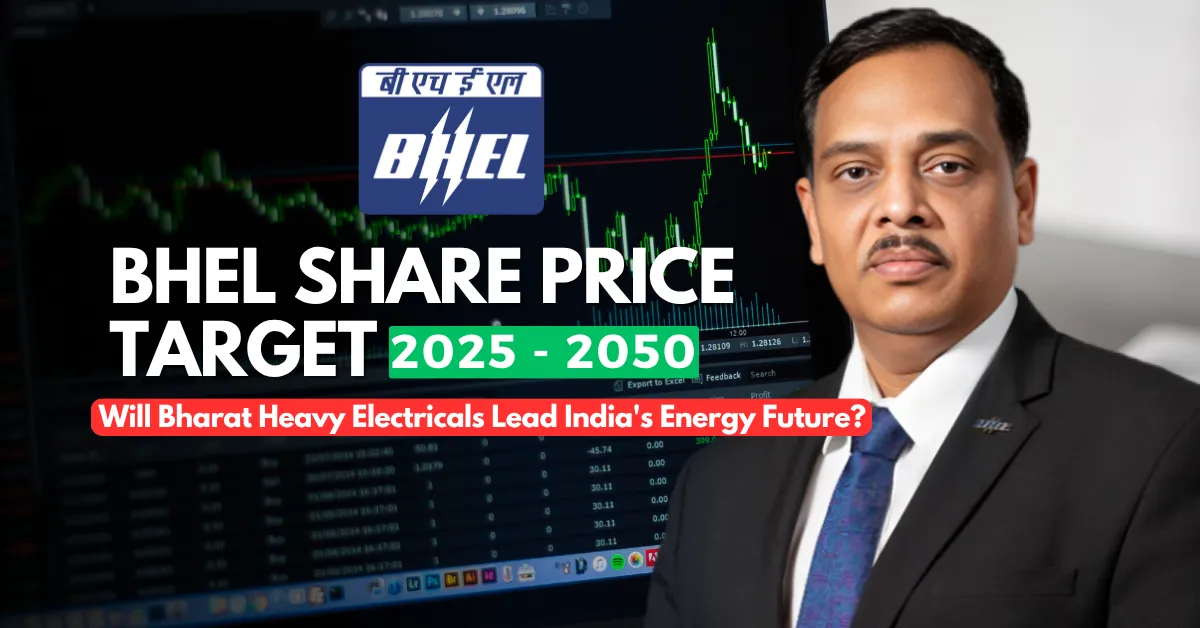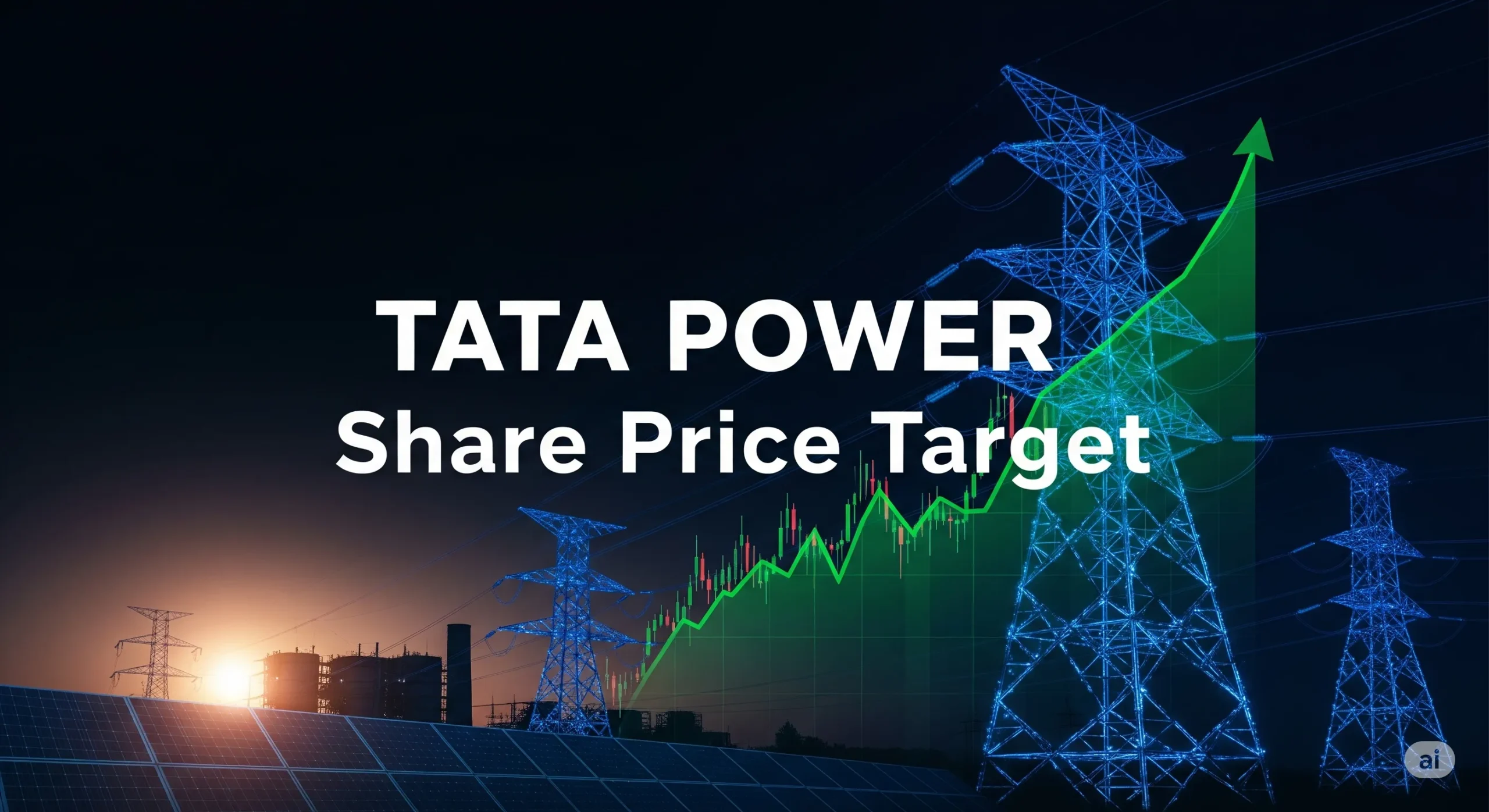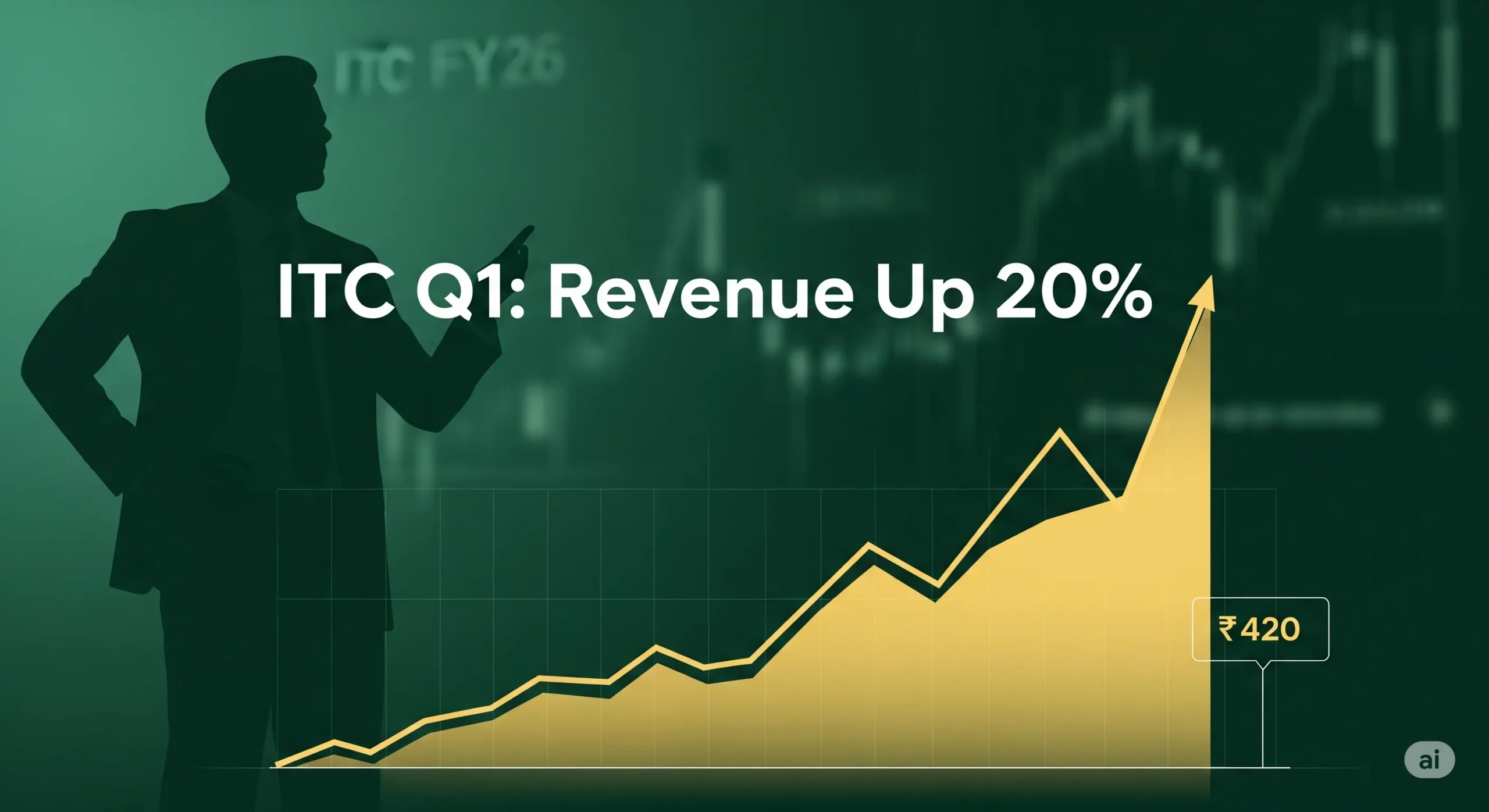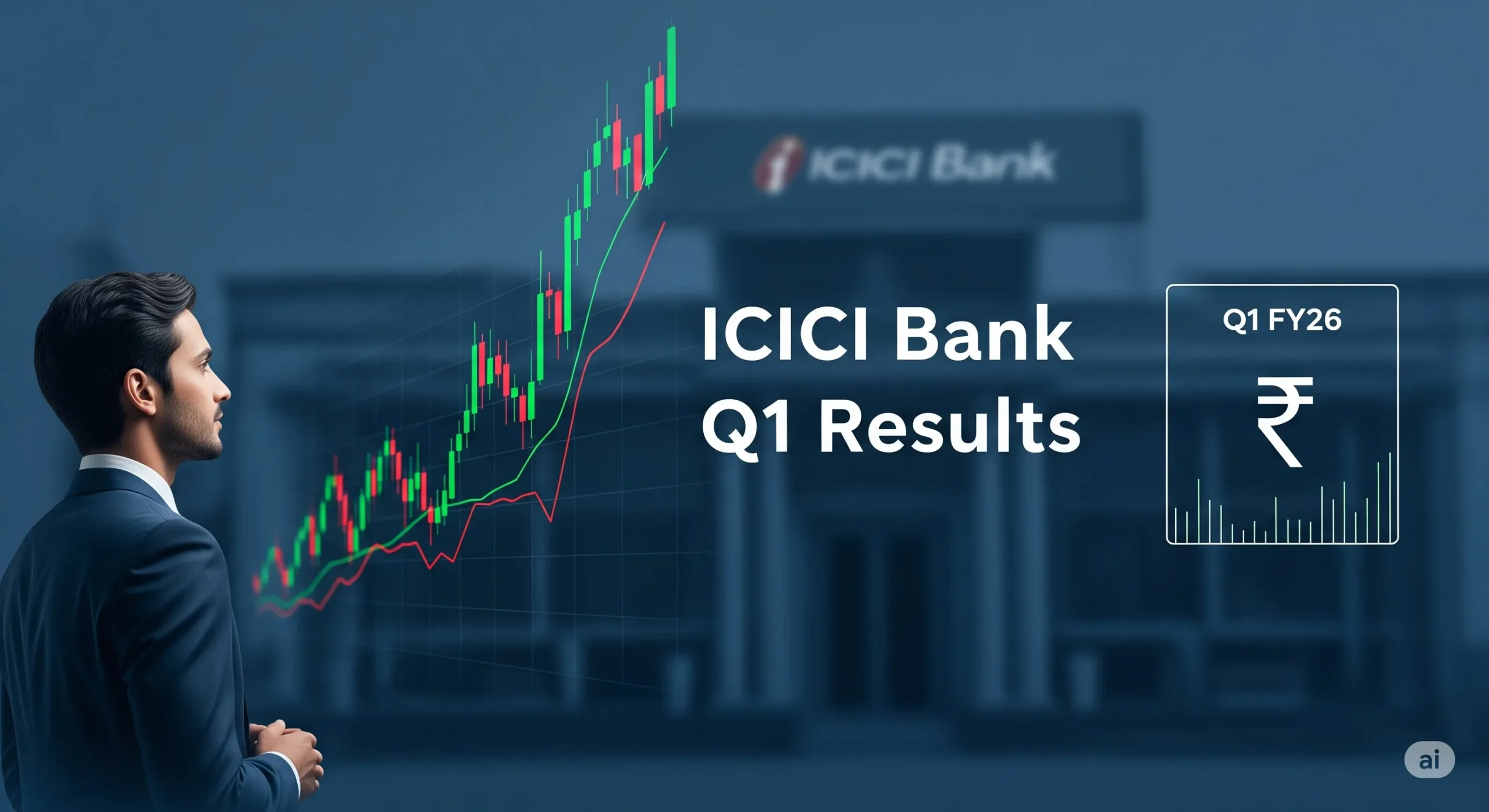Paradeep Phosphates Ltd (PPL) has emerged as one of India’s top fertiliser producers, riding high on record volumes, improved margins, and a breakout Q1 FY26 performance. With the stock recently hitting a new 52-week high, retail and institutional interest is on the rise.
Can this agri stock deliver multi-bagger returns and hit ₹1,500 by 2050? Let’s dive deep into forecasts, financials, and future drivers.
About the Company
- Paradeep Phosphates Ltd (PPL)
- Founded: 1981
- Headquarters: Paradeep, Odisha
- Core Products: DAP, NPK, Urea, Zypmite (gypsum-based)
- Business Model: Pan-India fertiliser distribution with backward integration
- Key Strengths: Strong monsoon link, government subsidies, volume-led profitability
PPL plays a key role in India’s food security and farming output through essential crop nutrient solutions.
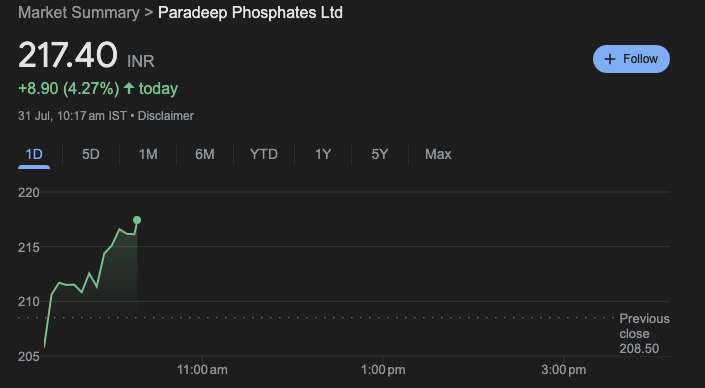
Financial Performance Snapshot
Paradeep Phosphates Q4 FY25 Highlights:
| Metric | Value | Growth (YoY) |
|---|---|---|
| Revenue | ₹3,494 Cr | +56% |
| EBITDA | ₹389 Cr | +119% (margin jump) |
| PAT | ₹160 Cr | +644% |
- Free Cash Flow Conversion: ~74% of EBITDA
- Debt Trend: Net debt per tonne reduced; cleaner balance sheet
Projected Growth (FY26–27):
- Revenue CAGR: ~19–20%
- EBITDA CAGR: ~9–20%
- Core EPS CAGR: ~14–18%
Stock Performance Overview
- Current Price (July 2025): ₹172
- 52-Week Range: ₹79 – ₹234
- Breakout Trigger: Q1 FY26 earnings pushed stock +17% in a day
- Momentum: Bullish—new highs above ₹230 mark possible if buying continues
Paradeep Phosphates Share Price Targets (2025 to 2050)
| Year | Min Target (₹) | Max Target (₹) |
|---|---|---|
| 2025 | 145 | 260 |
| 2026 | 150 | 172 |
| 2027 | 170 | 200 |
| 2028 | 200 | 250 |
| 2030 | 300 | 350 |
| 2035 | 400 | 500 |
| 2040 | 550 | 700 |
| 2045 | 800 | 1,100 |
| 2050 | 1,200 | 1,500 |
Note: Long-term growth backed by EPS expansion, monsoon dependency, and operating leverage.
WalletInvestor Forecast: ₹701 by 2030 under medium-growth scenario
Growth Drivers
- Massive Volume Growth: Over 3 million tonnes delivered in FY25
- Margin Expansion: EBITDA margin doubled YoY in latest quarter
- Clean Balance Sheet: Debt/Equity improving, high cash flow conversion
- Monsoon-Driven Demand: Strong 2025–26 rainfall supports higher offtake
- Government Backing: Fertiliser subsidies and agri-spending to continue
Analyst Views
- JM Financial: Raised 12-month target from ₹145 to ₹160 (Buy)
- Consensus (3 Analysts): Median TP ₹164; max ₹172
- Simply Wall St: Projects 18% core EPS CAGR, 16% ROE
- WalletInvestor (2030): Bullish target ₹700+
- TradingView / Munafa Sutra: Short-term range ₹112–121; key support ₹105
Risks & Concerns
- Low Analyst Coverage: May impact sentiment and visibility
- Weather-Dependent: Poor monsoon can hurt revenues
- Cyclicality: Input costs and fertiliser prices can swing earnings
- High Valuation: P/E ~24×, P/B ~3.7×—leaves little margin for error
- Short-Term Volatility: May correct if unable to sustain above ₹172 zone
Who Should Invest?
Ideal For:
- Medium-to-long-term investors betting on India’s agri boom
- Investors looking for undervalued volume-growth stocks
- Portfolios aligned to government infra/agri spending
Avoid If:
- You prefer consistent dividends (yield < 0.5%)
- You’re a short-term trader without volatility tolerance
FAQs
Q1. Is Paradeep Phosphates fundamentally strong?
Yes. Strong revenue and PAT growth, plus improving balance sheet and high FCF conversion.
Q2. What’s the near-term target?
Most analysts peg the 12-month target between ₹160–172.
Q3. Can it reach ₹300 by 2030?
Yes—given 14–18% EPS CAGR, ₹300–₹350 is achievable by 2030.
Q4. Is the recent price spike sustainable?
Only if upcoming earnings and monsoon trends remain strong; otherwise expect short-term corrections.
Conclusion
Paradeep Phosphates Ltd is now gaining momentum as a volume-heavy, margin-improving fertiliser stock. While near-term analyst targets suggest modest returns, long-term price targets of ₹1,000–₹1,500 by 2050 are within reach if earnings momentum holds.
For investors betting on India’s agri revolution and fertiliser delivery strength, PPL could be a smart pick for the long run.


